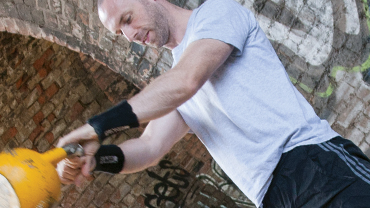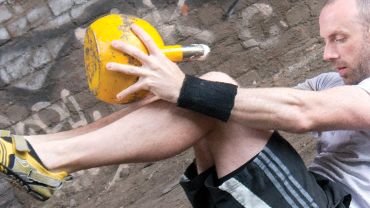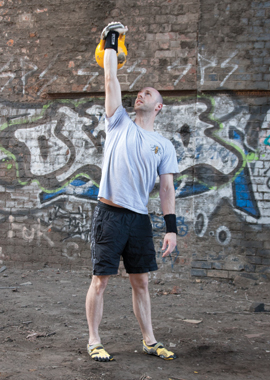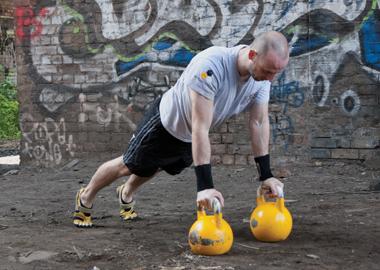Seven Up Workout
Intermediate / Advanced Level
Seven Up is a relatively simple to execute Kettlebell workout, but it is hard on your strength endurance. By the end of the workout you would have amassed a total of 343 reps. There’s no time limit but you want to move efficiently and with speed to get through it as quick as possible. Any time around 20 minutes is a nice target to aim for. Make sure you warm-up fully before proceeding with this workout.
INstruction
7 Rounds | 7 reps on each exercise
Windmills (each side)
Overhead Lunges (each side)
These 7 kettlebell exercises are all performed back to back with little to no rest. But do take a rest as and when you need to. As you are only performing 7 reps per exercise you want to move swiftly from one exercise to the next. There are a couple of ways you can approach this workout. Either use a lighter kettlebell and attack the clock, or use a heavier kettlebell, or a selection of kettlebells, and treat it more as a strength circuit. Either way you want to aim your work capacity at around 90% effort level throughout, depending obviously on your current fitness levels. The difficulty in the workout is the combination of exercises. On the Windmills and Overhead Lunges take your time and concentrate fully on what you are doing. Which ever way you decide to approach this workout always maintain good technique. Don’t jeopardise technique for speed.






















